February 19-24, 2023
Morelia, Mexico
Presential Mode
The Trans-Mexican Volcanic Belt is an active continental arc that holds one of the largest Quaternary monogenetic fields in the world, the Michoacán-Guanajuato Volcanic Field. Within this field seismic swarms were registered in the Parícutin volcano area recently (1997; 1999-2000; 2006; 2020-2021) reminding us that a new eruption is possible in the near future. In order to cope with the menace of a potential new eruption, public awareness campaigns, geophysical monitoring efforts, and preparedness plans require substantial improvement.
At the same time, recent urban sprawl and modernization of agricultural activities have led to an explosive increase of anthropogenic landscape degradation in this region. This includes not only the destruction of volcanoes and associated ecosystems, but also important pre-Hispanic archaeological sites on young lava flows. These undesired effects of economic growth require urgent attention, and beg for the improvement of conservation programs in order to protect our heritage for future generations and allow sustainable development.
The 80th anniversary of the Parícutin eruption on the 20th of February 2023 provides an opportunity to raise the public awareness of these problems. A conference focusing on monogenetic volcanism and associated hazards, as well as the preservation of volcanic environments and archaeological sites will gather scientists from different specialties that can contribute to the solution of these problems by proposing new avenues of research, as well as novel mitigation and preservation projects that might have an impact on current public policies.

A. New research on monogenetic volcanism
In this session, recent advances and state-of-the-art research on monogenetic volcanism in Mexico and worldwide will be presented.
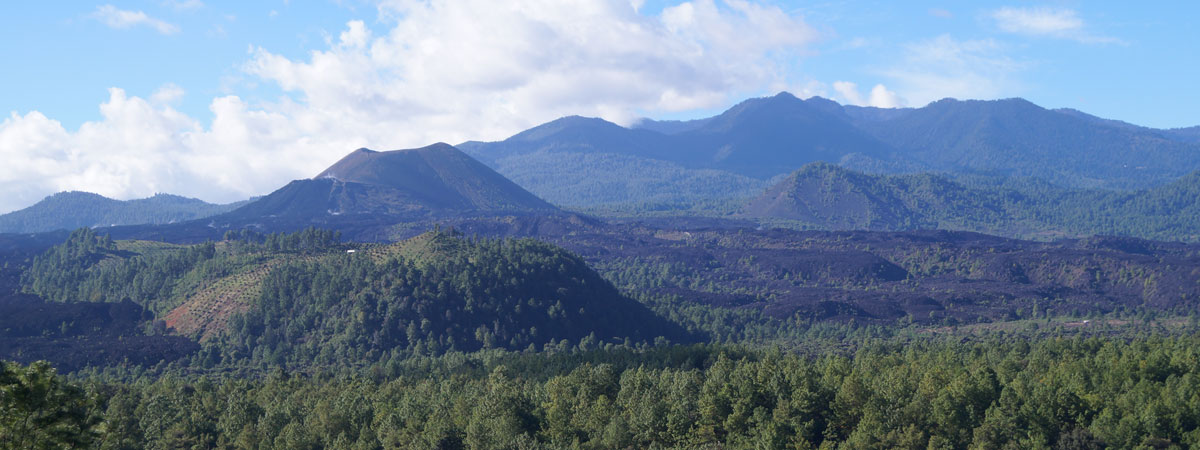
Keynote speaker
Title
The Michoacán-Guanajuato Volcanic Field: Current knowledge and future perspectives.
Description
Tectonic context, types of eruptions and their frequency will be described to better understand the environmental evolution of this unique region and its attractiveness to human habitation. Future challenges (e.g. environmental preservation and hazard preparedness) will also be addressed.
Conveners
Juan Pablo Bernal, Centro de Geociencias (CGEO), UNAM, Juriquilla, Mexico jpbernal@unam.mx
Jose Luis Arce, Instituto de Geología, UNAM, Mexico City jlarce@geologia.unam.mx
Description
This sub-session will be devoted to studies on spatial and temporal aspects of this type of volcanism, including large-scale geological mapping and stratigraphical, geochronological, and statistical and probabilistic studies. The idea is to present recent studies on these topics on the light of modern tools and methodologies. 1) Recent GIS-based maps yield reliable estimations of lava eruption rates, ejected volumes, morphology of lava flows, and morphologic/morphometric characteristics of scoria cones; 2) Alternative geochronological methods (e.g.: $^{36}Cl $, $^{10}Be$, ${U-Th}$ in zircons) in addition of traditional radiocarbon dating give a best resolution of temporal/spatial evolution of monogenetic fields; 3) Recent developments on numerical modelling permit a better estimation of strombolian eruptive columns and tephra dispersal, but also the magmatic plumbing system and the relationship between geological lineaments and distribution of monogenetic cones.
Conveners
Gabriela Gómez Vasconcelos, Instituto de Investigaciones en Ciencias de la Tierra, Universidad Michoacana de San Nicolás de Hidalgo, Morelia, Mexico gabriela.gomez@umich.mx
Elisabeth Widom, Miami University, Oxford, USA widome@miamioh.edu
Description
This sub-session will focus on the origin and sub-surface evolution of magmas feeding monogenetic eruptions, including specific topics such as mantle source and crustal storage (petrology and geochemistry), plumbing systems (field studies, laboratory experiments), differentiation processes (generation of andesites and felsic rocks), and tectono-magmatic relations. Key issues to be explored will encompass: melt production rates and the processes that control them, including past and present tectonic controls; the compositional range of primary magmas and origin of compositional diversity; the rates and processes of magma evolution, including crystallization, assimilation, and recharge; the timescales of magma ascent from source to surface, and the potential role and nature (depth, geometry, complexity) of sustained plumbing systems; and the relative roles of magmatic and tectonic processes (both shallow and deep) on the development of monogenetic volcanic fields and the expression of volcanism as single eruptive episodes versus clustered vents. These magmatic processes, together with regional and local tectonic settings, ultimately control eruptive dynamics, and have important implications for volcanic hazards and monitoring approaches in monogenetic fields worldwide.
Conveners
Gerardo Carrasco Núñez, Centro de Geociencias (CGEO), UNAM, Juriquilla, Mexico gerardoc@geociencias.unam.mx
Dolors Ferres, Escuela Nacional de Ciencias de la Tierra (ENCiT), UNAM, Mexico City dferres@encit.unam.mx
Description
This sub-session will focus on the reconstruction of the eruptive history of monogenetic eruptions involving detailed stratigraphic studies combined with different disciplines such as sedimentology, geochemistry and physical volcanology. These studies will provide important insights on how the eruptive styles change during the construction of monogenetic volcanoes. However, the factors controlling the variation on eruptive style, from effusive to explosive, from magmatic to phreatomagmatic, or conversely, and the transitions and breaks between them, are still far from being well understood. Therefore, we look forward to contributions focused on the characterization of the eruptive style and its evolution with time, which may provide key information to unravel the nature of monogenetic volcanism, particularly in cases of recent activity where hazard assessment is required.
B. Monogenetic volcanism, environment, and society
In this session, broader aspects related to the impact of monogenetic volcanism on society and the natural environment will be addressed, highlighting the importance of landscape preservation and the involvement of the community.
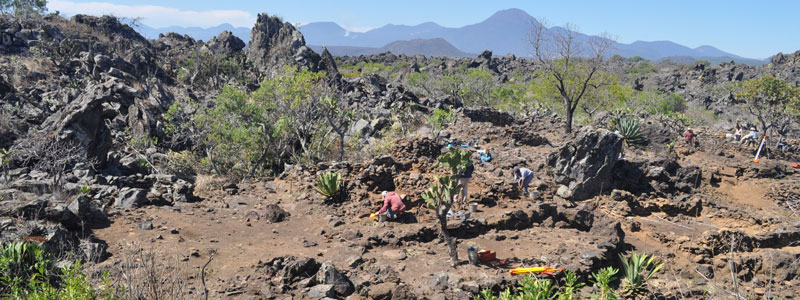
Keynote speakers
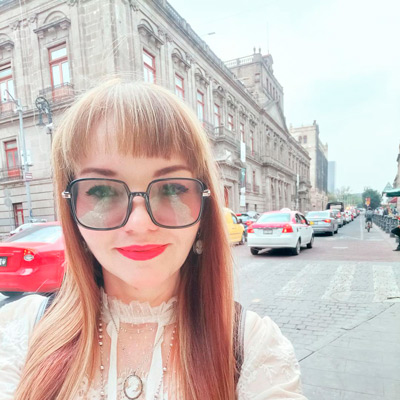
Dr. Lucero Morelos Rodríguez
Museo del Instituto de Geología, UNAM
Mexico
luceromr@geologia.unam.mx
Title
Earth and Fire. Statements, Knowledge and Records of the birth and death of the Parícutin Volcano, 1943-1952.
Description
One of the Natural Wonders of the World is the Parícutin, dormant volcano located near the city of Uruapan, which suddenly emerged in the cornfield of farmer Dionisio Pulido in 1943. Its birth was preceded by a series of intense tremors and underground noises that caught the attention of the inhabitants of San Juan Parangaricutiro and its surroundings in the P´urhépecha Plateau. As they could not explain the cause of this phenomenon, they organized processions and prayers, while little by little a series of omens and premonitions that tried to respond to something never seen before. On February 20, 1943, doubts were cleared, one of the most relevant geological episodes of the twentieth century had started. This eruption presented the first opportunity for modern science to document the complete life cycle of a volcano, since Parícutin is one of the only recorded volcanoes whose beginning and extinction was witnessed by humans, attracting the attention of both the public and science. Geoscientists studied and mapped it, took samples of stones, lavas and ashes and thousands of photographs. After nine years of activity, in 1952 just before it ceased to erupt. Three people died, two villages were completely evacuated and buried by lava, and three others were seriously affected.
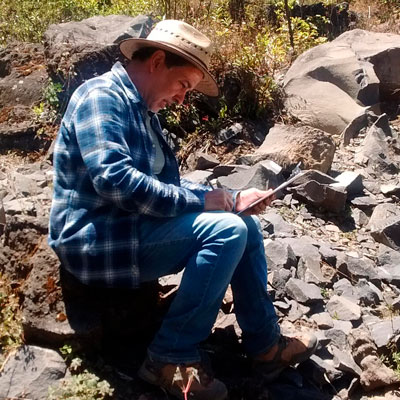
Dr. Gregory Pereira
Archéologie des Amériques UMR 8096 - CNRS/University of Paris 1
France
gregory.pereira@cnrs.fr
Title
The impact of monogenetic volcanism on the development of pre-Hispanic societies of Michoacán, Mexico
Description
During the three millennia prior to the Spanish conquest, the Michoacán-Guanajuato volcanic field was shaken by at least twelve volcanic eruptions that impacted its environment. However, this region also witnessed the rise of the Tarascan or Purepecha civilisation, one of the most important in Mesoamerica. Five of the reported eruptions occurred on the western edge of the Zacapu basin. Archaeological and volcanological studies carried out in the area provide a glimpse of the environmental consequences of these volcanic events and their impact on the pre-Hispanic societies that inhabited the basin. But they also show how the inhabitants of the area integrated these impacted spaces into their cosmovision and daily life, consecrating these volcanoes as places of worship and taking advantage of the volcanic resources. In this sense, the volcanoes of the region participated fully in the construction of Purepecha identity and, therefore, constitute a unique geo-archaeological heritage that deserves to be recognized and protected.
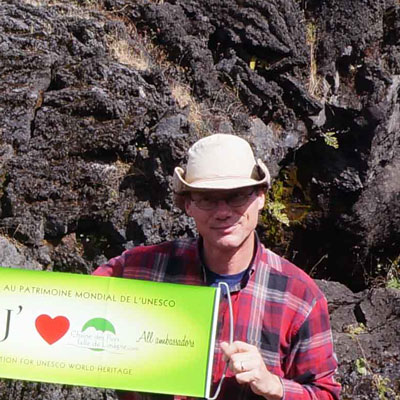
Dr. Benjamin van Wyk de Vries
University Clermont-Auvergne, France /
IUGS Geoheritage Commission - Sub-commission on Sites and Collection /
IUCN Geoheritage Specialist Group member
France
ben.vanwyk@uca.fr
Title
The geologist as an integrated element in landscape and society.
Description
Landscape and rock are part of our natural cultural existence, and are the fundamental environmental factors in the development of sense of place of an individual and a comunity. In all aspects of a geologist's work, be it from resources, construction or risks we act in a way that affects and interacts with this sense of place. Through geoheritage we can develop approach to our activities that can better fit the culture and landscape of an area, and thus act in a more harmonious way. The UNESCO International Geosciences Programme project 692 has been an exploration of this, and I'll show methods of working through geoheritage and sense of place, sense of community to try to reach equitable outcomes for geological activities in mining exploration, resource management and risk reduction with and within communities.
Conveners
Grégory Pereira, UMR 8096 Archéologie des Amériques, CNRS/U. Paris 1 gregory.pereira@cnrs.fr
Claus Siebe, Instituto de Geofísica, UNAM, Mexico City csiebe@geofisica.unam.mx
Description
Since ancient times, volcanism has shaped landscapes, affecting the environment as well as human societies that have inhabited these areas. The confrontation of geological, archaeological, and historical data opens an opportunity to understand the impact of these natural events on ancient societies in a long-term perspective. This subsession will focus on archaeological and historical studies in active volcanic zones and what they tell us about the resilience of past societies in the context of eruptions: how did ancient populations react to these events, how quickly and in which way did they reappropriate the affected areas, how did they benefit from the mineral resources provided by the eruptions, and, finally, how did they integrate the icon of the volcano into their cultural identity? Within this perspective, it is relevant to highlight the high patrimonial value of these spaces where the remains of human occupation are closely intertwined with the volcanic formations.
Conveners
Karoly Nemeth, Institute of Earth Physics and Space Science, Sopron Hungary; Saudi Geological Survey, Jeddah, KSA - research scientist; The Geoconservation Aotearoa New Zealand, Opotiki knemeth69@gmail.com
Marie-Noëlle Guilbaud, Instituto de Geofísica, UNAM, Mexico City marie@igeofisica.unam.mx
Description
Monogenetic volcanoes are considered in human-scale and therefore ideal to use as educational tools or part of volcanic geoheritage projects including geopark developments. Due to their easy access and small size, they are excellent objects to utilize to demonstrate volcanic processes, their hazard, impacts, and interaction with civilizations traditional or advanced. Hence, monogenetic volcanoes and fields are significant geological features from geoheritage perspective. In this session, we invite contributions dealing with the geoheritage, geocultural aspects and the impact and interrelationship between monogenetic volcanism and society including indigenous communities. The session is open for all aspects of social geoscience related to monogenetic volcanism. We particularly encourage contributions to be presented about the conservation issues associated with monogenetic volcanism in both local and global scales as well as methods, practices and examples that help to refine the evaluation of geoheritage values, geosite identification and determination of geodiversity of monogenetic volcanic fields.
Conveners
Gerardo Bocco, Centro de Investigación en Geografía Ambiental (CIGA), UNAM, Morelia, Mexico gbocco@ciga.unam.mx
Cristina Siebe, Instituto de Geología, UNAM, Mexico City siebe@unam.mx
Description
This sub-session will deal with studies of ecosystems, biodiversity, pedology, and nature conservation in monogenetic fields, addressing aspects such as the impact of eruptions on the environment and the biodiversity of young monogenetic fields.
Contributions dealing with the effects of Paricutin or other monogenetic eruptions on the environment are welcome. Among these are topics as:
Conveners
Isabel Israde Alcántara, Instituto de Investigaciones en Ciencias de la Tierra, Universidad Michoacana de San Nicolás de Hidalgo, Morelia, Mexico isaisrade@gmail.com
Beatriz Ortega, Instituto de Geofísica, UNAM, Mexico City bortega@geofisica.unam.mx
Description
Volcanic and tectonic activity has been of paramount importance in the development and preservation of different types of records that preserve the history of environmental and climatic changes over different scales and temporal (millennial to seasonal) and spatial (regional to local) resolutions. These types of records include the history of glacial advances and retreats in the upper parts of stratovolcanoes, tephra and paleosol sequences located along altitudinal gradients, and lacustrine sedimentary sequences, in which not only the history climatic changes, but also seismic processes and explosive volcanic activity is preserved.
Often, in paleoclimatic records, a fundamental problem that is difficult to solve is the establishment of temporality, mainly in those that extend more than 50,000 years, beyond the usefulness of the 14C dating method. In volcanic settings, the identification of tephra deposits of known age has been a valuable tool for building age models and spatial correlation of paleoclimatic records. The development of Tephrachronology is an essential aspect in environmental and climatic reconstructions.
In this session, we invite all contributions that deal with any type of paleoclimatic record in volcanic environments, and those aimed at the development of tephrachronologies, in particular in the context of monogenetic fields.
C. Precursors, monitoring, and crisis management
This session will be devoted to the recognition of precursory signals of monogenetic eruptions in order to be better prepared for future eruptions. Scientists involved in the geophysical and geochemical monitoring efforts of recent monogenetic eruptions (e.g., La Palma and Iceland) will be invited to share their experiences and express recommendations.

Keynotes speakers
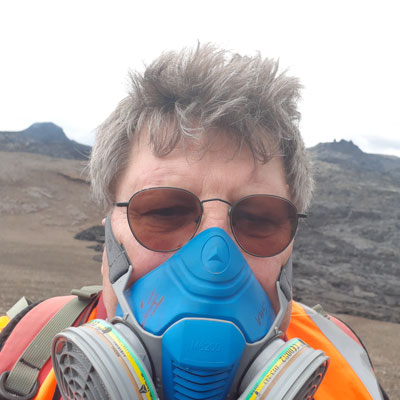
Dr. Þorvaldur Þórðarson (Dr. Thorvaldur Thordarson)
Faculty of Earth Sciences,University of Iceland
Iceland
torvth@hi.is
Title
The 2021-22 Fagradalsfjall Fires: the precursors and eruptions of the Geldingadalir and Meradalir events.
Description
Iceland is a basalt plateau in the middle of North Atlantic rising >3000 m above the surrounding sea floor. With an area of ~350000 km2 and a volume of 8 million km3, it is the only currently active part of the North Atlantic Igneous Province. Iceland’s volcanism is thought to results from superposition of the spreading plate boundary over the Iceland mantle plume as well as the relative motion of these two structures. Iceland’s axial rift, loci of active spreading (= the plate boundary) is typified by tholeiitic magmatism. Its core features are the Western and the Northern Volcanic Zones, that are joined by Mid Iceland Belt and linked to the Mid-Atlantic Ridge system by the Reykjanes Volcanic Belt in the south and the Tjörnes Fracture Zone in the North. Volcanism in Iceland is predominantly basaltic where relatively infrequent large-volume (>1 to 25 km3) effusive basalt eruptions are the main contributors (~70%) to the construction of the Iceland Basalt Plateau. The relatively frequent small to medium volume of effusive basalt eruptions, which are the topic of the presentation, have contributed 15%. The 19 March-18 September 2021 Geldingadalir (~6 m3/s; ~0.1 km3) and 3-21 August 2022 Meradalir (~6 m3/s; ~0.01 km3) effusive eruptions of the 2021-ongoing? Fagradalsfjall Fires on the Reykjanes Peninsula, SW-Iceland, are typical low intensity and magnitude events. Although such events are often viewed as unremarkable, these examples from the 2021-ongoing? Fagradalsfjall Fires demonstrated remarkable variations in style of vent activity and lava emplacement. For example, the 2021 Geldingadalir lava fountains span the height spectrum of a few meters to >200 m and both events practically produced all known subaerial basaltic lava types.
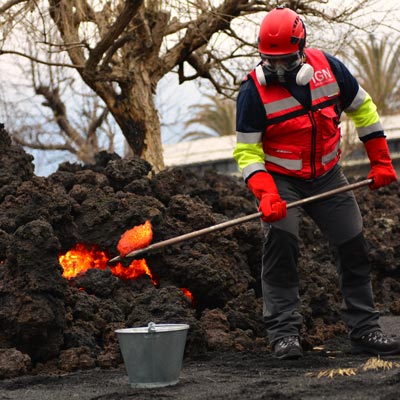
Dr. Stavros Meletlidis
Instituto Geográfico Nacional
in co-authorship with Maria José Blanco (Centro Geofísico de Canarias).
Spain
smeletlidis@mitma.es
Title
Volcano monitoring of 2021 La Palma monogenetic eruption. Lessons learned.
Description
The Canarian Archipelago, located along the NW margin of Africa, shows intraplate magmatism attributed to a hot spot mechanism, governed by region geodynamics. The eruptive processes were developed for more than 20 million years and in the last 500 years we had 16 eruptions, all of them being basaltic. Prior to 2021, the last two eruptions in the archipelago took place, in El Hierro Island (submarine eruption of 2011) and La Palma Island (subaerial eruption of 1971). On 11 September 2021, the monitoring network of IGN started to record an intense seismic swarm under the island and Civil Protection was alerted. 48 hours later a special Civil Protection plan concerning the volcano risk, namely PEVOLCA, was activated by the Canary Government. In the next 5 days, the seismic energy increased and deformation patterns were detected. The day before the eruption (18.09), the habitants nearby the possible affected area were informed, and the next day a preventive evacuation was ordered. On 19 September 2021, the eruption began and lasted 85 days, until 13 December 2021. It began as a fissural one, and in less than 3 months, emitted lavas that covered a surface of >12 km2, with a bulk thickness of 12m and generated new lava deltas. The ash and pyroclastic deposit at a distance of 2 km exceeded 1m. The eruptive style was mainly effusive, with phases of moderate Strombolian explosions. Lava flows destroyed thousands of edifices, infrastructures, communication networks and extensive areas of farmlands and greenhouses, greatly affecting the local economy. Two preventive evacuations were carried out of a total of 7000 people in the first 10 days of the eruption and more than 10 evacuations and confinements were planned and executed during the 3 months of the eruptive episode. No direct casualties were reported. The Canarian Government successfully manage the crisis through the Scientific Committee and the Steering Committee of PEVOLCA. This plan is still active (as of 23rd February, 2023).
Título
Seismic swarms. Example of Parícutin volcano.
Description
The birth of a new monogenetic volcano is difficult to forecast with precision, both in space and time. Nevertheless, small-magnitude earthquake swarms can alert of the imminence of such an eruption. Different examples are given, including the six swarms detected between the Tancítaro and Paricutin volcanoes during the past 25 years.
Conveners
Mathieu Perton, Instituto de Ingenieria, UNAM, Mexico City mathieu.perton@gmail.com
Ramón Zuñiga Davila-Madrid, Centro de Geociencias (CGEO), Juriquilla, Mexico ramon@geociencias.unam.mx
Sebastien Valade, Instituto de Geofísica, UNAM, Mexico City valade@igeofisica.unam.mx
Description
In this sub-session traditional means of volcanic monitoring in the context of monogenetic fields will be addressed. There will be a particular focus on seismic information allowing differentiating volcanic swarm from tectonic swarms, such as the spatial migration velocity, magnitude scaling laws and deformations measured from InSAR or GPS occurring prior to eruptions which may be clue to forecasting. Another aspect is the analysis of phenomena at larger scale such as historical seismicity, regional tectonic stress assessment, crustal discontinuities, and repetitive swarm activities. Lastly, we will address how syn-eruptive monitoring from ground- and space-borne sensors can help constrain eruptive mechanisms and mitigate volcanic risks.
Convener
Robin Campion, Instituto de Geofísica, UNAM, Mexico City robin@geofisica.unam.mx
Xavier Bolós, Universidad de Barcelona, Spain xavier.bolos@gmail.com
Description
This sub-session focuses on non-seismic monitoring and investigations of monogenetic volcanoes. The two recent monogenic eruptions of Iceland and La Palma are arguably the first to occur in the era of Modern Monitoring, and have thus generated an unprecedented wealth of new measurements, data and observations. In this session we are interested, among other themes and not exclusively, in diffuse degassing studies, electric or magnetic field tomography or monitoring, measurements of eruptive gas composition and flux, thermal remote sensing, etc… Multidisciplinary studies combining several of these aspects are also welcome, the aim of the session being to review what we have learned on the generation and dynamics of monogenic eruptions.
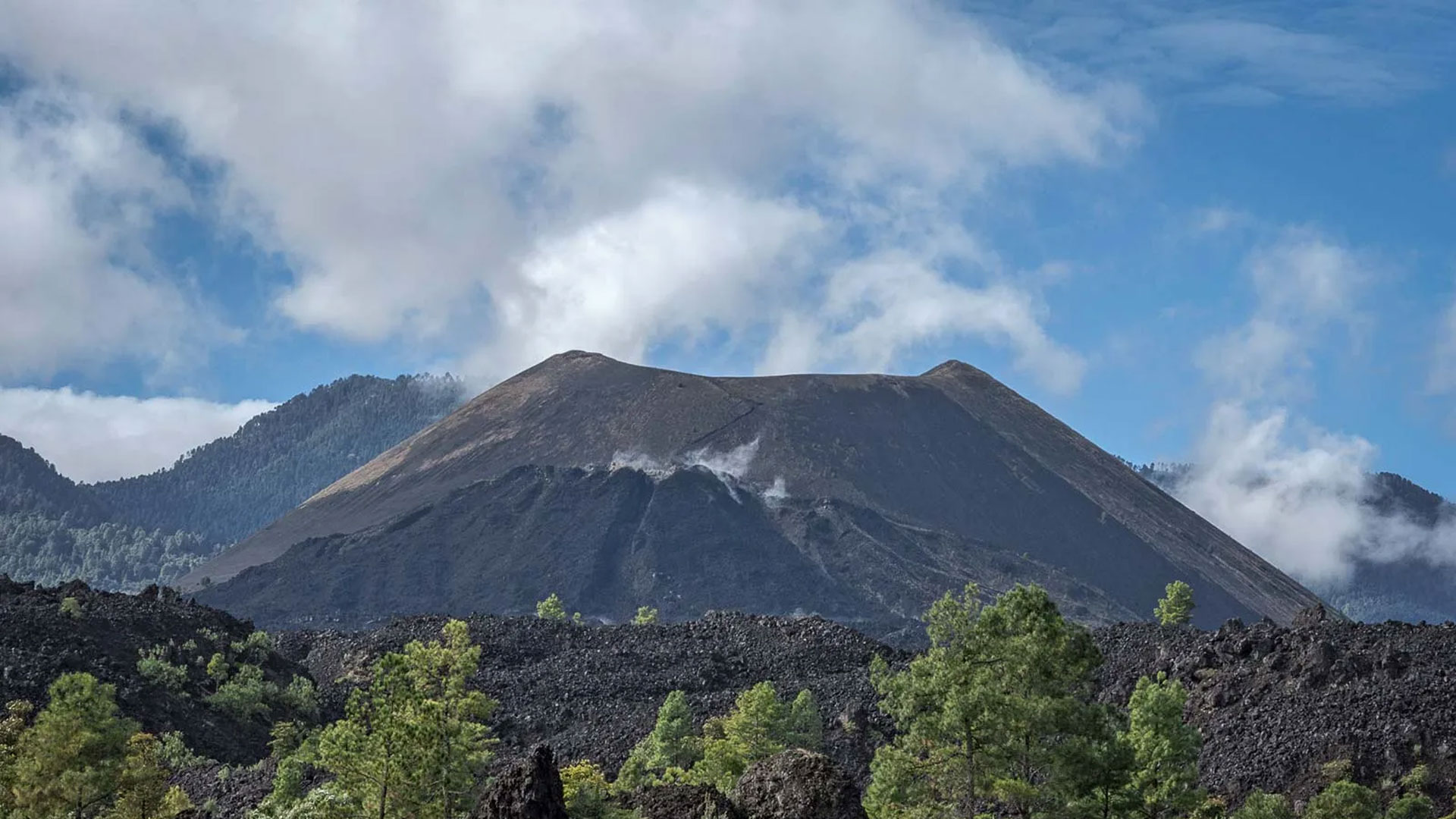
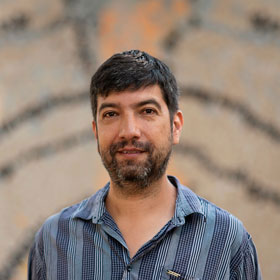
Researcher
Institute of Geophysics, National Autonomous University of Mexico

Researcher
Institute of Geophysics, National Autonomous University of Mexico
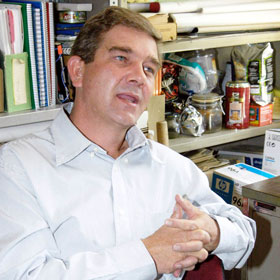
Researcher
Institute of Geophysics, National Autonomous University of Mexico
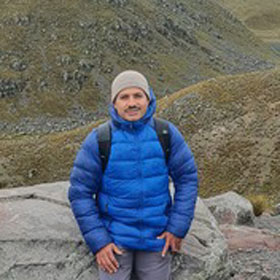
Researcher
Institute of Geology, National Autonomous University of Mexico
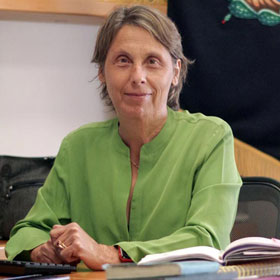
Director
Geoscience Center, National Autonomous University of Mexico

Director
Institute of Geophysics, National Autonomous University of Mexico
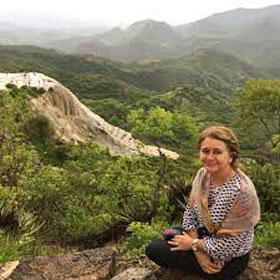
Director
Earth Sciences Research Institute, Michoacan University of Saint Nicholas of Hidalgo
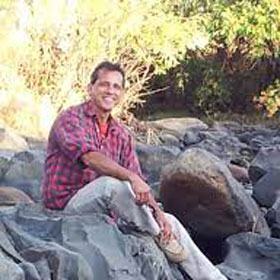
Researcher
Earth Sciences Research Institute, Michoacan University of Saint Nicholas of Hidalgo
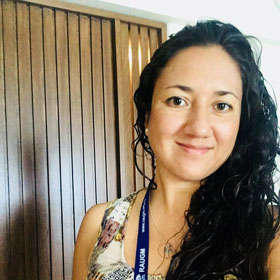
Researcher
Earth Sciences Research Institute, Michoacan University of Saint Nicholas of Hidalgo
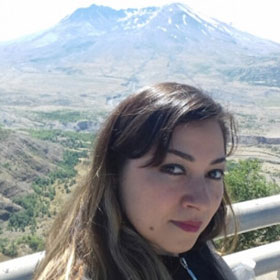
Researcher
Earth Sciences Research Institute, Michoacan University of Saint Nicholas of Hidalgo
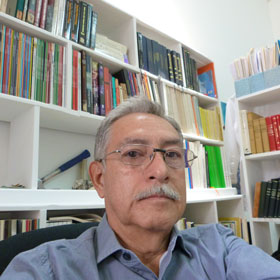
Researcher
National Institute of Anthropology and History (Mexico)
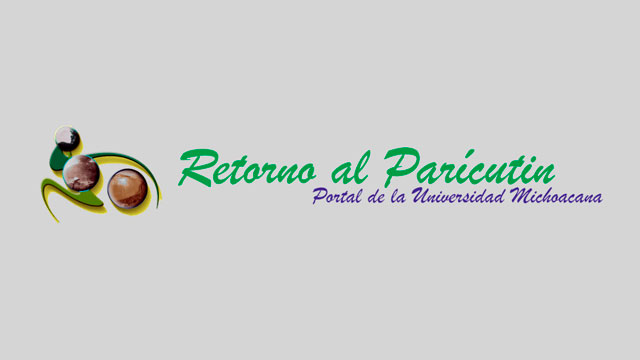
"Retorno al Parícutin"
Website (in spanish) with information on the Parícutin volcano based on various investigations and meetings with witnesses from the communities near the volcano.
Explore website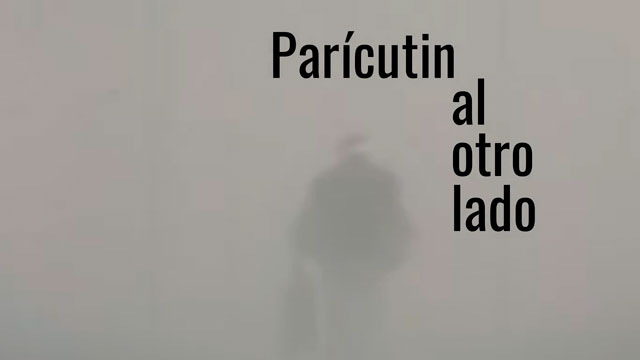
"Parícutin al otro lado"
Documentary video (in spanish) which compiles the memories of the communities that lived through the eruption of the Parícutin volcano and the contributions of volcanologists who have worked in the area.
View the video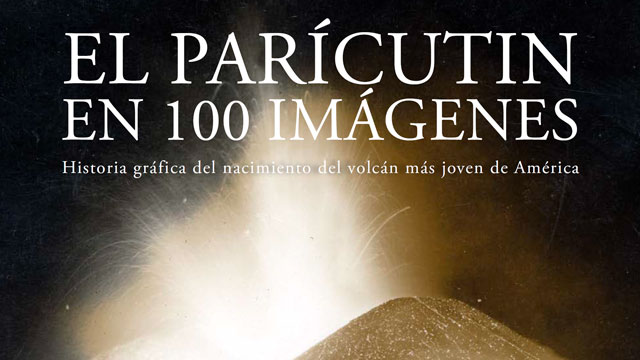
Libro "El Parícutin en 100 imágenes"
Photographic history book (in spanish) about the birth of the youngest volcano in America and that documents the formation process of the Parícutin volcano.
Look at the book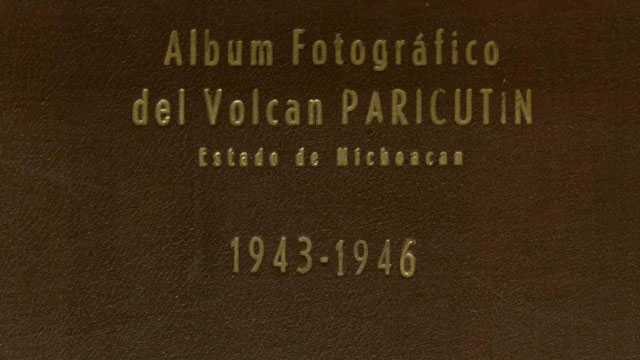
"Albúm fotográfico del volcán Paricutín"
Blog (in spanish) about a unique photographic album with images captured by the cameras of scientists and companies before the birth of the volcano.
See the blogMiguel Angel Vela Rosas
Web Design, Development and Maintenance
Marie-Noëlle Guilbaud
Gabriela Gomez Vasconcelos
Web Contents
Elsa Noemi Sanchez Juarez
Logo Design
Unidad de Computo (IT Department) of Institute of Geophysics, UNAM
Web Hosting and Tech Support
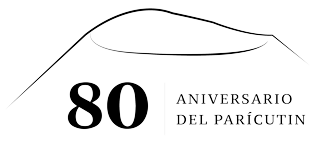
¡Thank you!
For your participation in the activities of the "Commemoration of the 80th anniversary of the Parícutin volcano".